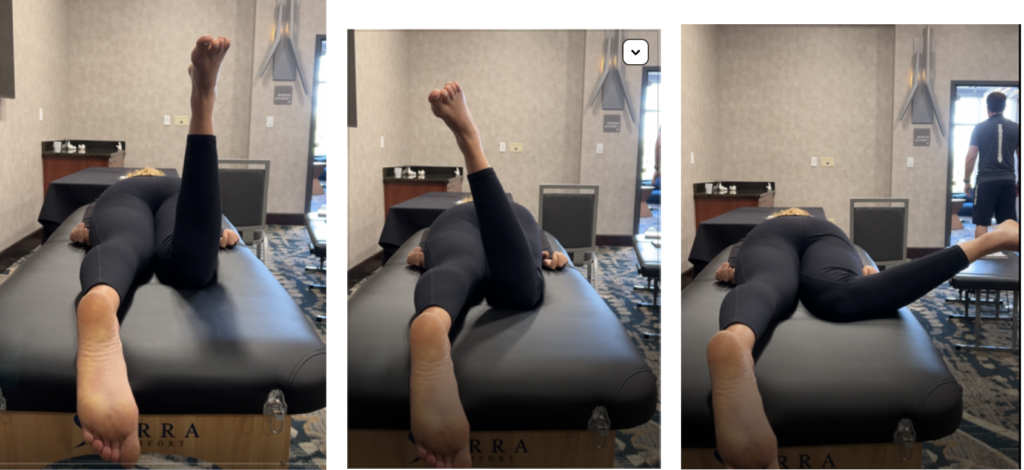by owner-admin
Share

All Hips Are Not Created Equal
At EmPower Physical Therapy, we’re known for screening, testing, and assessing. One of the main reasons to implement these procedures is to identify someone’s physical capabilities – what they can or cannot do from a movement perspective. We are not looking for movement perfection but for information to make educated decisions for the people in our care. Using this systematic process, we may uncover limitations in range of motion (ROM) and/or motor control that can lead to dysfunction, pain, or, even worse, disability over time. As professionals in the health and wellness community, we do our best to minimize, improve or eliminate these limitations and promote an overall improved state of being for the people we serve. Identifying and understanding these limitations can help direct our interventions to ensure we are working toward improvement and not creating further dysfunction!
Let’s dive a little deeper into limitations in range of motion. There could be a multitude of reasons why these limitations may result, one being structural – it’s how their body is, and we most likely cannot change it. These findings do not mean we cannot provide positive interventions. Instead, these findings provide valuable insight so the appropriate decisions can be made to keep the person moving and active.
Today I want to talk about the hip so let’s start by defining ‘femoral anteversion’ and ‘retroversion’.
We begin by visually looking at the standing posture of the individual before us. We may see more of a toe-in or “pigeon-toed” presentation with femoral anteversion. Conversely, we may see a more toe-out or “duck foot” presentation with a retroversion torsion.

This observation alone clues us that more testing is required to determine if this is truly structural or if other factors are at play.
That’s when we dive deeper into assessment using ” breakouts”. Breakouts are essentially an organized and logical movement tests to rule in/ rule out possible causes of dysfunction/pain.
For example, when we assess hip rotation in this lying position, we expect to see about 40 degrees ROM in the second photo and 30 degrees in the third. In this example, we can visually see a large rotational ROM swing with limited mobility in the second photo and excessive mobility in the third.

Why is this important? Because it tells us that now we need another movement test to confirm that this is truly structural. Without this confirmation some well-meaning but uninformed” body worker” might advise this client to “stretch” doing way more harm- You cannot stretch a bony structural deformity!
Recently I had a client with pain over the outside hip region to the thigh and knee. Though I suspected she may have a torsion (as above), further testing revealed that she did not. Interestingly, she had profound weakness of her glute musculature/core. As I worked my way thru my algorithmic exam, I found a severe loss of ankle mobility on the same side. Additional sleuthing revealed that 20 years prior she’d suffered a terrible ankle injury for which she’d had no treatment nor rehab!
Keep in mind that this is a 50 year old woman trying to remain active with hiking, skiing and group exercise classes that included lunges, squats, etc. Her ankle is the root of the problem as lack of movement forced her knee and hip to compensate.
This is why we must always: Treat the problem and not just the symptom.
I’m betting many of you can relate to this scenario: old injury, determined to get out and do what you love, but plagued by pain?
If pain is preventing you from living life to the fullest, please call 208-309-0281 for a free Discovery Session. Please share this with anyone you know who may be experiencing pain-No one should have to suffer.
And remember to share any ideas or questions that you may have for a topic for future emails as my goal is make this to be relevant and informative.
In Health,
Kim Mazik, MSPT, CEAC
Empower Concierge PT
208-309-0281



